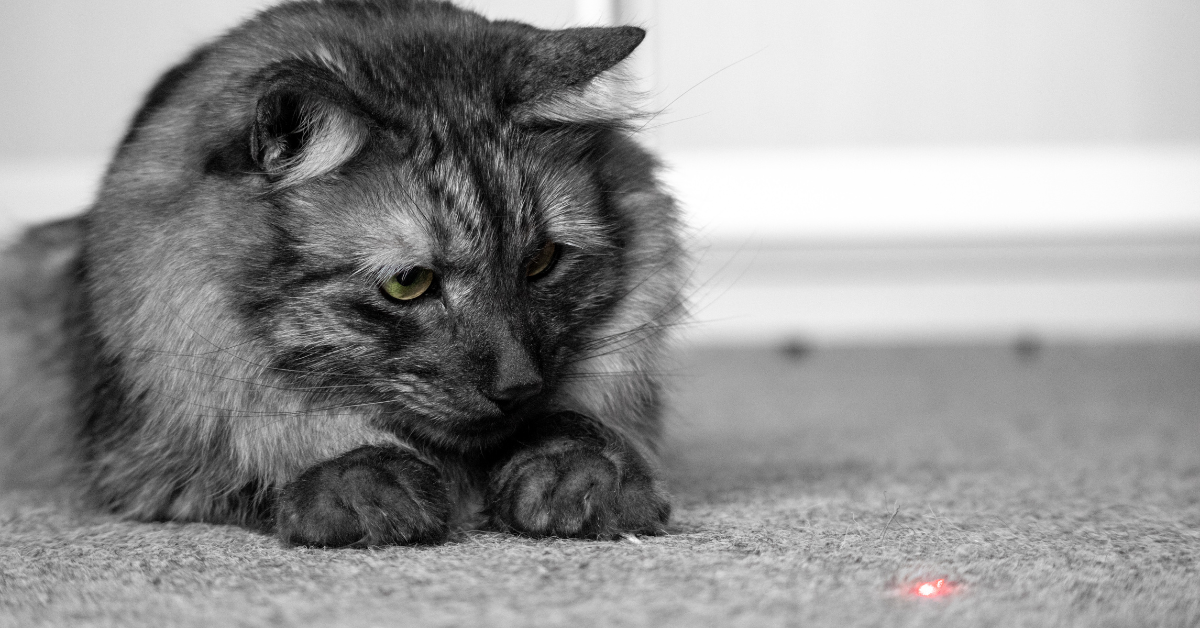Cats possess an incredibly sharp sense of hearing. Their ability to hear is three times superior to that of humans. Even your small feline companion, purring contently on your lap, has the same instincts and capabilities as a wild cat. This is particularly evident when it comes to her ears. She can perceive even the tiniest movements of a digging mole. She can sense the presence of a predator approaching or pick up on the faintest cheeping of a bird across the street.
If you happen to notice a build-up of brown, waxy substance in her ears, it is only natural to wonder: “Is this normal, or could it indicate a problem?”
Ear wax is cerumen. Just like with your own ears, it’s natural for a little bit to build up over time. A normal inner ear and ear canal should be light pink in color. A small amount of light/medium brown ear wax is fine.
When Cat Ear Wax Is Not Normal
Check your cat’s ears regularly. If you notice any of the following, there may be a problem you need to address:
-
Check your cat’s ears regularly
Excess ear wax
- Discharge that looks like coffee grounds
- Red and/or swollen ears
- Shaking the head
- Scratching the ears, head and neck
- Foul odor
- Drooping on one side of the face
- Squinting or abnormal eye movements
- Difficulty walking or hearing
Cat Ear Mites vs. Ear Wax
Occasionally, a brown accumulation of wax in your feline’s ear may indicate a larger problem, such as ear mites, which are the primary cause of ear issues in cats. Ear mites are minuscule parasites that are typically only visible under a microscope. They survive by feeding on the wax found in your cat’s ear and actively stimulating the glands responsible for wax production in the ear. Young kittens and puppies are particularly vulnerable to these mites due to their weaker and developing immune systems. Despite their small size, the presence of these mites can result in inflammation, irritation, and even more severe ear infections.
The discharge appears similar to dark, dried-up coffee grounds and is made up of ear wax, blood, and mites.
To ensure an accurate diagnosis of ear mites, bring your cat to the veterinarian for an examination. The veterinarian may thoroughly cleanse your cat’s ears and prescribe medications that will eradicate the ear mites in short order..
In addition to being repulsive, ear mites are also highly contagious to your other pets. You may need to check and treat all of your animals. Furthermore, you will need to sanitize your cat’s surroundings, which includes washing pet bedding in hot water with bleach and then drying it in a high-temperature dryer. Additionally, thoroughly vacuum all common areas and dispose of the vacuum bags, among other things.
When Excess Ear Wax Signals An Ear Infection
If you’re noticing surplus ear wax, it may be caused by a bacterial or fungal (yeast) infection. The most common infection is otitis externa, an infection of the outer ear canal. If you don’t treat the otitis externa/outer ear, the infection may move to the middle and inner ears. This may develop into bigger problems with damage to the ear drum, sometimes resulting in deafness.

Wax could mean ear infection
Ear infections are highly irritating and extremely painful for your cat. An infection due to a yeast build-up has a nasty smell, is especially itchy and often accompanied by a brownish/grey greasy discharge.
Treating Your Cat’s Ear Problems
If your cat shows signs of an ear infection, ear mites, or just excess wax buildup, take him/her to a vet for a diagnosis. Especially if you notice redness, swelling and a bad smell. The vet can take a swab of the ear canal, diagnose the problem and prescribe the proper treatment. For a bacterial ear infection, the vet may prescribe an antibiotic. Antibiotics are not effective for fungal infections. If she has ear mites, the vet may prescribe an easy-to-administer, anti-parasitic formulation to get rid of them swiftly.

Banixx spray can help resolve ear problems
Banixx Pet Care is frequently used as a home remedy to soothe and heal the infection and irritation caused by mites. If your cat has a yeast/fungal infection, Banixx is a powerful fungus infection fighter. Moreover, it’s indicated to be used as a regular ear cleaner to prevent any recurrence.
Banixx Pet Care spray can be used in conjunction with any formulation prescribed by your veterinarian. There are no contraindications.
To apply Banixx, simply spray it onto a cotton ball until moistened (not dripping), and gently apply 2-3 times daily to the affected ear(s). Banixx works on contact, hence soak-time is important. The inside of the ear must be well moistened with Banixx for optimal results. Be sure to gently massage Banixx into your cat’s ear. Cats generally love this! You should see results in couple of days. And never stick anything in the ears, like cotton swabs, to clean them!
In the meantime, you can learn more about how to keep your pointy-eared buddy happy and healthy through our cat blog or cat page! Check out this feline care tip on keeping your kitty hydrated during the summer. We hope you found this article helpful and if your cat ever gets any cuts, abrasions, ear infections or ringworm, we hope you keep Banixx Pet Care in mind.
Sources
- https://pets.webmd.com/cats/ear-discharge-in-cats#1
- https://www.petmd.com/cat/slideshows/8-common-ear-problems-cats
- https://www.vetinfo.com/cat-ear-wax-removal.html#b
- https://www.vet.cornell.edu/departments-centers-and-institutes/cornell-feline-health-center/health-information/feline-health-topics/feline-ear-disorders
Share this Post
Featured Post
Recent Posts

Managing the Mamas –Part 2 –The development process

Managing the Mamas: Part 1 – Preparing to Breed Your Mare

HOW MANY TOES?? Caring for the Polydactyl Cat

Do Dog Joint Supplements Actually Work?

Are Laser Pointers Bad for Cats? or, are they Purr-e Fun?




